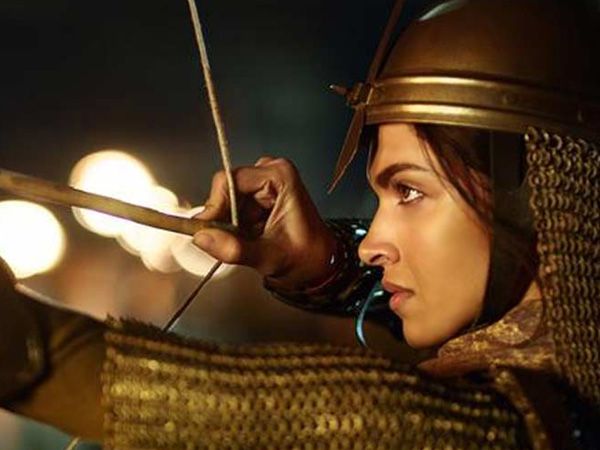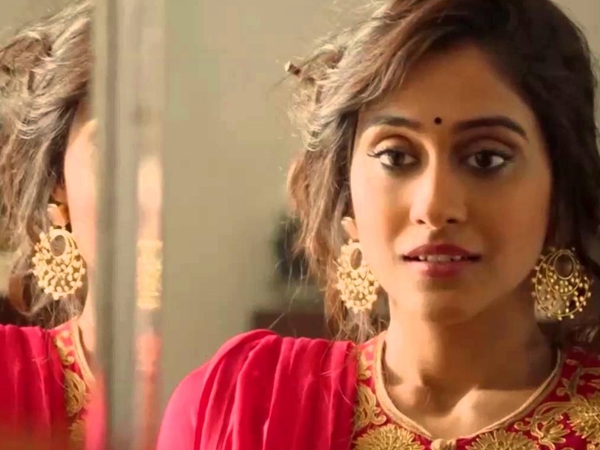
What is it about women and weapons that fascinate us? Why is it that the idea of an empowered woman is tied to that of her wielding a destructive object or super power? Even as the sexist debate over Baahubali rages on, the one standout image in the entire film will have to be of actress Ramya cradling a suckling baby in one arm and a scythe in the other, with which she deals a lethal blow to a rebel who challenges her authority. An eerily similar image has been playing out in the new Baajirao Mastani trailer, where DeepikaPadukone, who plays Ranveer Singh’s love interest and eventually second wife, tackles a battery of soldiers with a child on her shoulder and a sword in her hand. And then, you have the Game of Thrones, where a formidable queen’s biggest strength and her weakness, are fire-spewing dragons that are used for shocking rebels into submission and destroying enemy armies.
As Indians, we have been brought up on images of the Goddess, the feminine and divine ideal of the woman who symbolically has many hands that wield symbols of her many powers. The power to enlighten, to charm, to attack, to protect and nurture and even to destroy so that life may be born again. The most endearing, humanised and popular interpretation of the myth of Durga is perhaps that in the Eastern part of the country, where she is worshipped as Uma, the mother and daughter, who comes down from her marital home in the Himalayas with her children to meet her parents and also manages to slay the tormentor of the Gods, Mahisasura. The idol is always a composite of her kids who stand by her – Karthika, Ganesha, Lakshmi and Saraswati. In her ten arms, she hold weapons which have been gifted by the male gods who supposedly summoned her to tackle their nemesis.
While feminists may argue over why she needed to be empowered by the men who ‘created’ her, this interpretation of the Goddess perhaps draws its strength from the fact that she is worshipped and depicted in her domestic and professional glory – her family, her mad cap husband (Shiva who couldn’t be with her on her journey but is always behind her, watching over his beloved wife, as the idols depict him), her arsenal and her lion. In other words, she is Uma, the simple woman, wife and mother, till duty calls and the charming and devoted homemaker turns into a fiery warrior who tames the shape-shifting Mahisasura to save mankind and the entire pantheon of male gods from destruction.
But our discomfort with the womanly ideal has grown over the centuries. How can a woman who fights ‘like a man’ charm ‘like a woman?’ Would a male-dominated culture accept a woman in a position of authority if she was just, a woman and did not display the strains of valour and courage that are so monopolised bythe male ideal?
In the Mahabharata, there is the legend of Chitrangada, the warrior princess who Arjuna married while on the run. In Rabindranath Tagore’s dance drama based on the legend, the issues of gender stereotypes are beautifully explored. When Chitrangada, the heiress to the throne of Manipur, appears before Arjuna dressed in a male warrior’s accoutrement, he is impressed by her valour. But she longs to win his heart and seeks some divine intervention to ‘transform’ herself. It works. And though romance blossoms, the princess, who has been raised to fight and protect her kingdom, finds it difficult to reconcile to the fact that he loves her for something she is not. A turn of events, an attack on her brood, brings out the truth and as he watches the princess rise to the occasion, as Chitrangada, the warrior princess, Arjuna falls in love with her all over again. This time, for what she is – battle scars, blisters and all.
If this isn’t empowering, what is?
Our mythology and literature is rich in narratives such as this that explore the feminine ideal, issues of gender stereotypes and empowerment. Subsequent readings and interpretations have often clouded the original narrative, the intent, forcing us to lose sight of some of the coolest ideas our predecessors wished to plant onto our heads.
More on>> Bollywood




